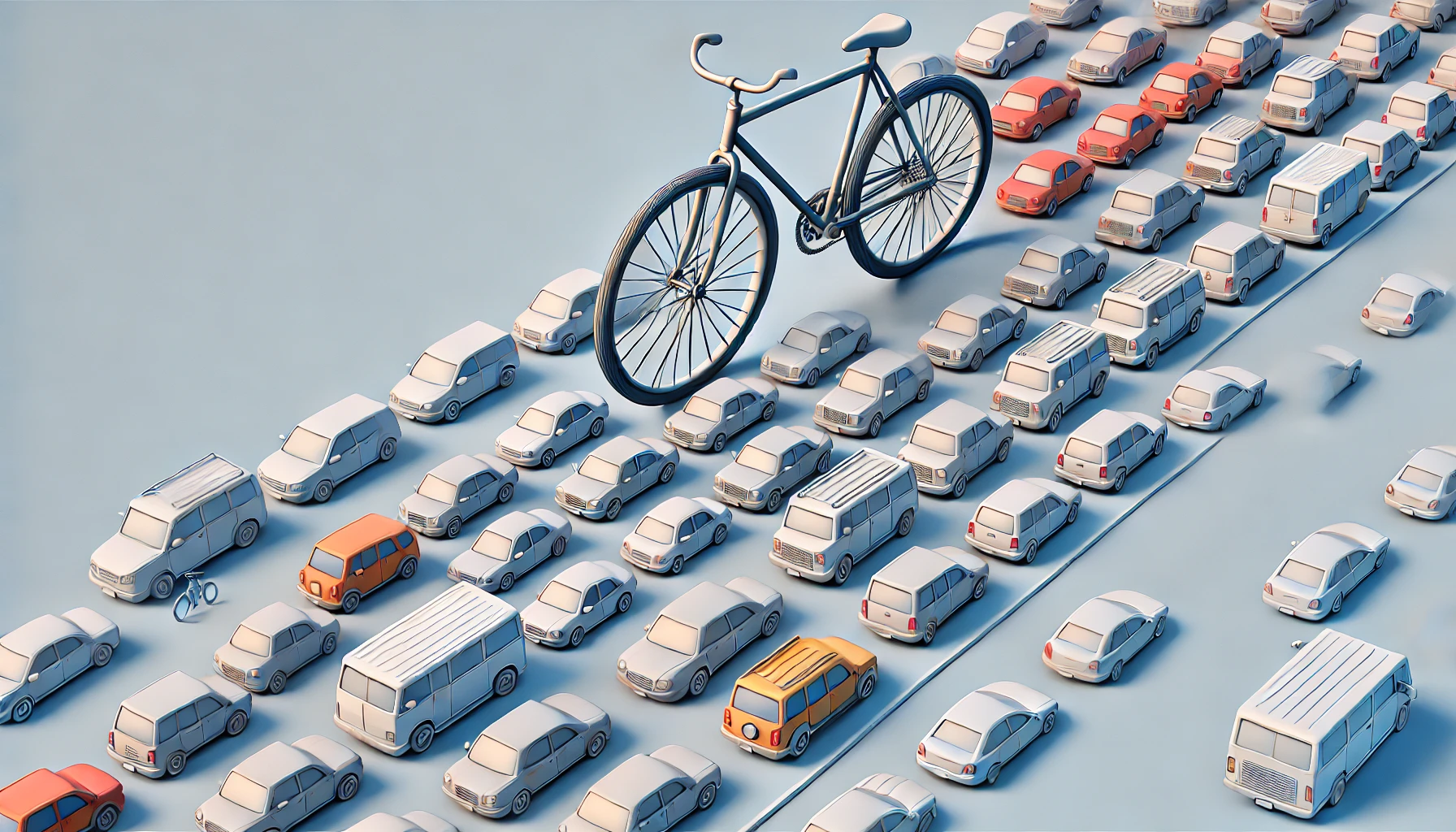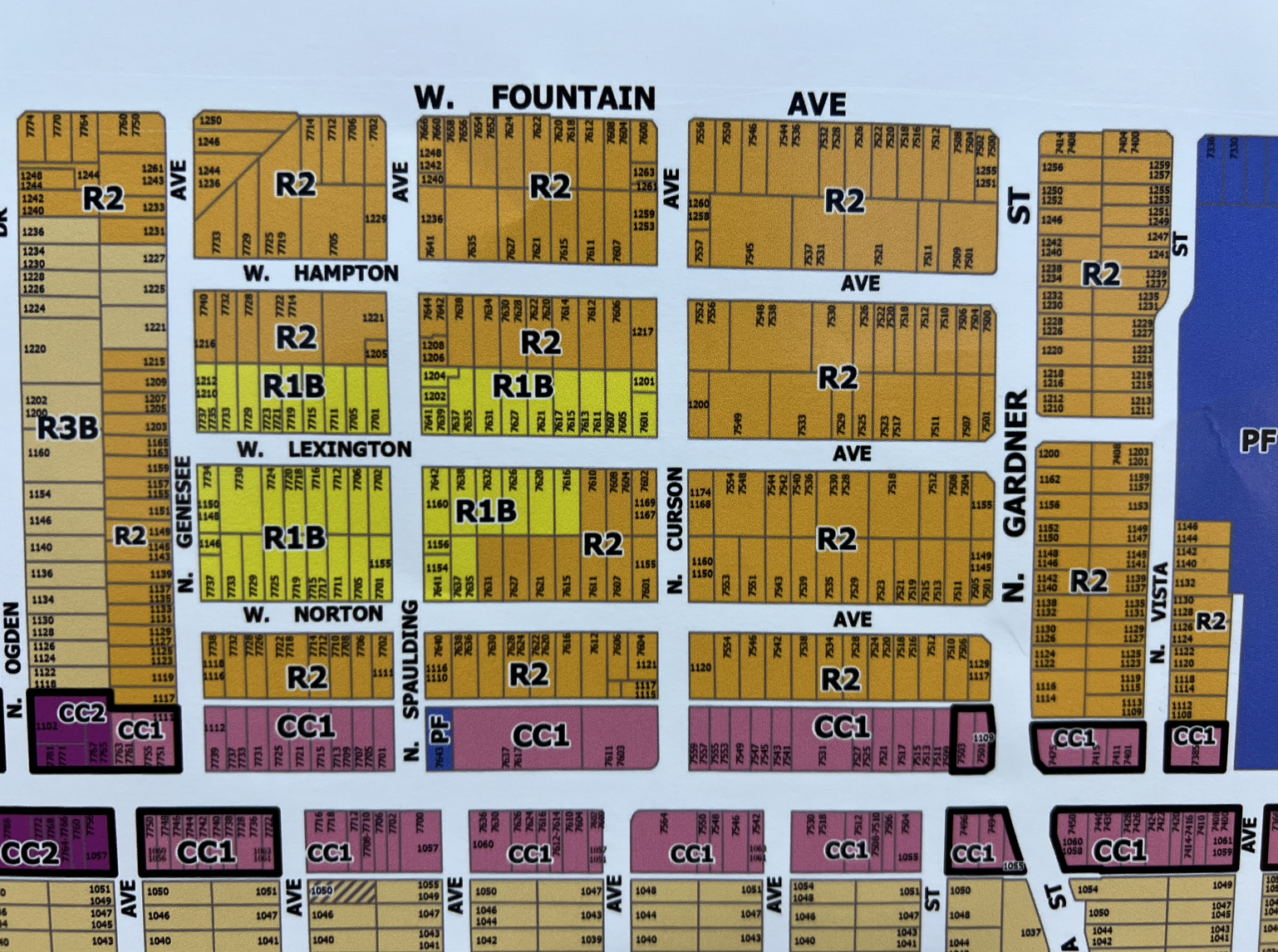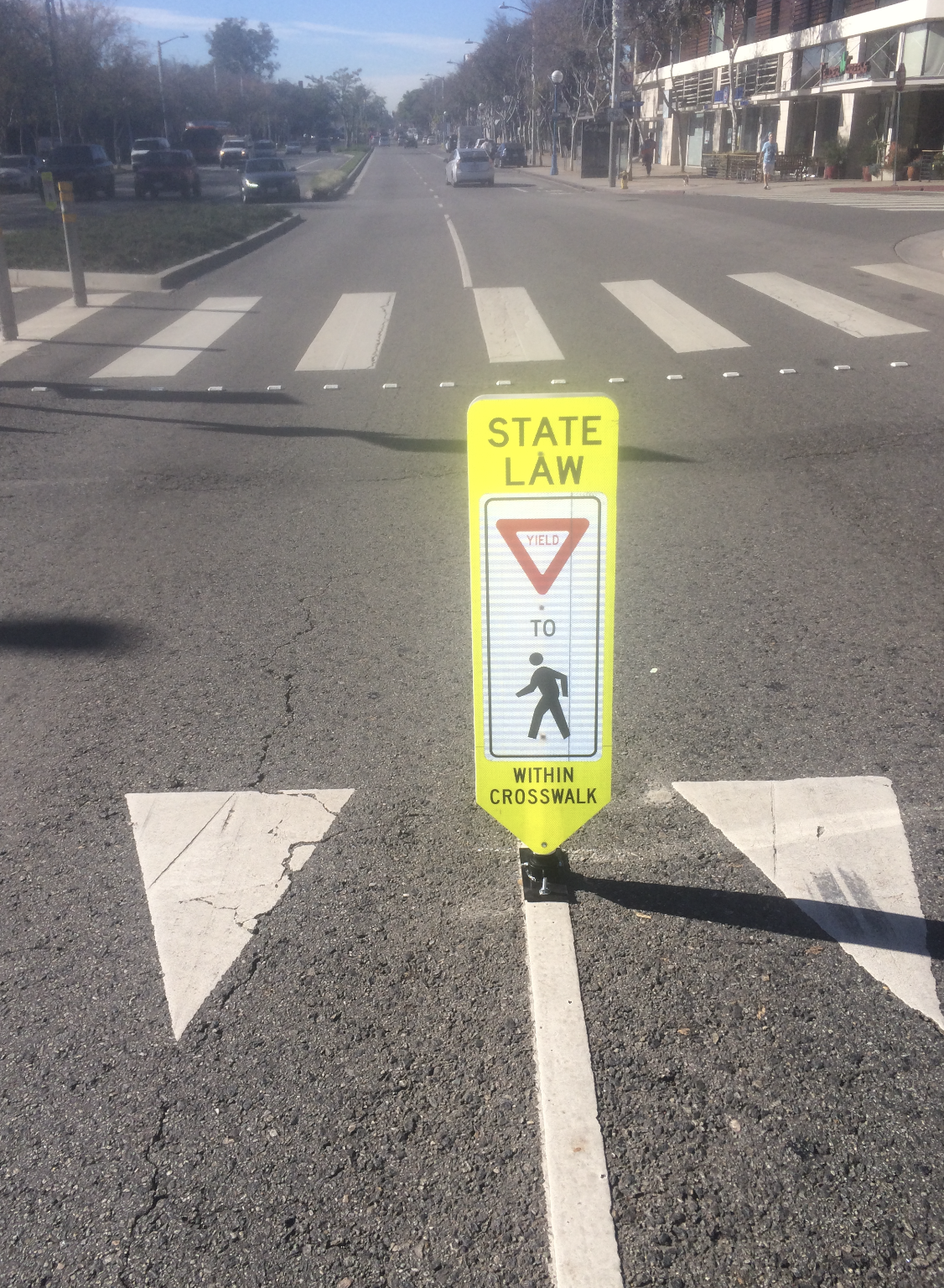
‘Argy Bargy’ is a British term for an exchange of views to explore a subject.
One of the biggest issues this year is the plan for Fountain Ave. The Fountain Ave. Streetscape and Bike Lane project impacts residents, drivers, emergency response times, and the overall quality of life for many WeHo residents.
Supporters of bike lanes followed a ‘build it, they will come’ mindset. Mayor John M. Erickson, Vice Mayor Chelsea Lee Byers, and candidate Danny Hang supported reworking the Fountain corridor—from La Cienega to La Brea—into protected bike lanes. Removing a traffic lane to make space for the bike lane, however, came at the expense of other modes of transportation. The City Council voted to accept a CARB grant that required protected bike lanes to be installed. The grant application included an unapproved and unresearched drawing made by city staff, but that’s just how the process works.
There was some debate over whether staff should be allowed to apply for grants without City Council approval, but that could be too complicated. City management needs flexibility to act quickly. We trust the city manager to make those decisions, and there wasn’t anything unusual about the grant or application process.
Both sides of the issue have different points of view. Candidates like myself, except for Erickson and Hang, were against removing parking on Fountain Ave. or redesigning it into a one-lane street each way.
Erickson and Hang argued that there wasn’t a set plan yet, which is true. They also pointed out that the plans and construction are years away, which is accurate as well. They say there would be plenty of chances for public participation as the plan moves forward, and that is also true.
While both sides argue, the project causes tension among those affected. Politicians and their vocal supporters worked to stir up the public but didn’t offer alternatives to improve livability in the mid-city area or along Fountain Ave.
Parking is already limited, and removing over 150 parking spots will make things harder for those most affected. Public speakers, including people with disabilities, talked about how the plan would make it harder for them to get around. Others said they might be forced to leave WeHo. At the last community meeting most public speakers expressed anger over the lack of public input and outreach.
My position was clear: no removal of parking, no taking away a resident’s right to fair and free parking, and no to reducing Fountain to one lane each way. But having a position doesn’t mean we can’t explore ideas, possibilities, and ways to make it work for everyone. So here’s the arby bargy.
Is there a way we can find a solution? Can the Fountain Ave. Streetscape become part of a Mid-City Master Plan? Can we rethink the bike lane issue on Fountain Ave. and come up with a plan to improve livability in the crowded, dense mid-city residential area? Can we take a broader approach to parking, disabled access, bike lanes, scooters, and delivery vehicles and re-imagine mid-city?
Bike lane supporters need to recognize the daily needs of disabled residents, emergency vehicles, delivery trucks, and basic services. Bike supporters must understand that residents need access to their driveways, and services like city garbage trucks and emergency vehicles need space to do their jobs. We can’t take away that access in favor of a ‘build it, they will come’ mentality’. Residents also need to accept that many people can’t afford a car, and keeping WeHo vibrant means making room for bikes and other ways to get around. Their safety matters, too, and it’s our responsibility to do what we can.

Let’s refocus on creating a Mid-City Master Plan. How can we increase parking availability? How can we make walking safer? Are there ways to rethink certain areas of mid-city?
One idea is to focus on the area closest to Plummer Park first, from Gardner to Genesee and Fountain to Santa Monica. A mid-city streetscape plan could include wider sidewalks along Hampton, Lexington, and Norton. If Hampton and Norton were turned into one-way streets—east and west—there could be angled parking on both sides, adding close to 100 parking spaces. Traffic calming measures like speed humps could also make the residential areas safer.
We should focus on creating a Mid-City Master Plan while working on the Fountain Ave. Streetscape and Bike Lane project. Instead of just arguing about bike lanes, we need to shift the conversation to mid-city livability and make Fountain Ave. improvements part of the bigger plan.
There’s a livability and safety problem on Fountain Ave., and we need to look at the big picture. Let’s discuss a Mid-City Master Plan that incorporates the needs of all residents. But for now, after several accidents on Fountain Ave. in recent weeks, our top priority should be making Fountain safe today.

We need to slow down traffic on Fountain. I’d advocate for Pedestrian Safety Zones like the ones put in place on Santa Monica Blvd. after Clint Bounds’ death. We need to take short-term action now and develop a long-term plan for Fountain and mid-city livability.

A study of 13 years of traffic data found that protected bicycle lanes make roads significantly safer for cyclists, motorists and, pedestrians.
“…the evidence strongly suggests that high-bicycling-mode-share cities are not only safer for bicyclists but for all road users,” The study was published in the Journal of Transport & Health.
Science Daily, researchers studied data on traffic fatalities in 12 US cities finding the streets with protected bike lanes had the highest mode share of people riding bikes (remember, protected bike lanes enable more people to feel safe biking, so more people do it) with lower fatality rates for all road users, NOT just cyclists. Fatalities fell by over 38% in Chicago, 40% in Denver, nearly 50% in San Francisco, 60% in Seattle, and a whopping 75% in Portland, OR. What these cities had in common were protected bike lanes. The researchers concluded: “…building safe facilities for cyclists is one of the… Read more »
What I would really like the city to do since they always take away parking spots (too much new red curbage, etc.) is next time there’s a building being demolished make a huge free residential parking garage (that requires a weho permit), this would be perfect for when I go out of town and I can’t move my car for their 104 times a year street sweeping on my street (in Chicago where they need it, it’s 6 times a year).
Too much red curbage making your life difficult❓A neat trick from Cal State LA students might help. Grey spray paint the same color as the sidewalks is easy to come by and gets you more parking❗🤣
Has anyone looked at Strava to see where bicyclists ride? I live less than a block from Fountain and I have been commuting to work by bike for more than 30 years on and off. I cross Fountain at the light at Spaulding, then turn right to go south on Genesee, cross Santa Monica blvd, then go to Waring. Waring is a relatively quiet street. My route from there requires a few more zig zags, but it is a relatively flat easy ride to work (10 miles one way). I use 4th street and Arden, 6th street, 4th Ave. All… Read more »
Larry,
Norton, Lexington, and Hampton are not wide-enough for two cars to meet in opposite directions when cars are also parked at the curbs. As most cars are about 72-80” in width (plus mirrors), this translates to those streets being approximately 30-32 feet wide. Angle parking on those streets would require parking spots be the length of a typical car’s length – about 18-20 feet – on each side of those streets – or nearly a 40 foot wide street.
Seems your math is off.
” How can we increase parking availability? How can we make walking safer?” LOL when do those 2 ideas ever go together?
Is the use of eminent domain reasonable here? Widen the sidewalks towards private property instead of towards the street.
As you have said, if given the opportunity, there are lots of alternative ways to improve safety on Fountain. But we are wrong on two points: There is “Plan” for the Re-Design of Fountain which was outlined in the Grant request the City Council approved a few weeks ago. But there is no “final” engineering plan with blue prints. But the “Plan” is definitely to remove a lane of traffic in either direction to install protected bike lanes. The implementation is not far distant; with the acceptance of the Grant from the State, the City of West Hollywood committed it… Read more »
Steve, if there isn’t an approved plan then it is a sketch as Larry says. Stop lying.
There is an approved plan; reduce Fountain by one lane in each direction and install protected bike lanes. That was the plan upon which the grant to the City was based. There just is no final engineering plan. It is Mayor Erickson who keeps saying “there is no plan”, not me.
all the more reason to vote the lying mean-girl out on Nov. 5.
This is a very reasonable approach Larry. We need to get it right the first time. The main obstacle in my opinion is that the pro-bike lobby is not willing to do the study. They want it rammed through while they have the votes on the city council no matter the consequences. I doubt they will embrace your very reasonable recommendations but let’s see. It sure seems like a reasonable approach to me.
Already voted for you because I know you have ideas ! Nobody else has offered any ideas. Hope you can pull this one off.
I’m voting for you even though you are not ready to say yes for the bike lanes on fountain. Your straightforward approach and willingness to think bigger is more important. Tired of the fear mongering from some other candidates.
Drive down Hollywood Blvd from El Centro Ave on eastward through EaHo. Tell me this isn’t going to be a mess on Fountain. I do not see how bikers are safer because all I see is angry trapped drivers getting frustrated at single lane traffic. People speeding down the middle turn lane and cutting back in traffic just before the pylons, people using the right turn lane (which is a protected bike lane now) to cut in front of the others at a red light.